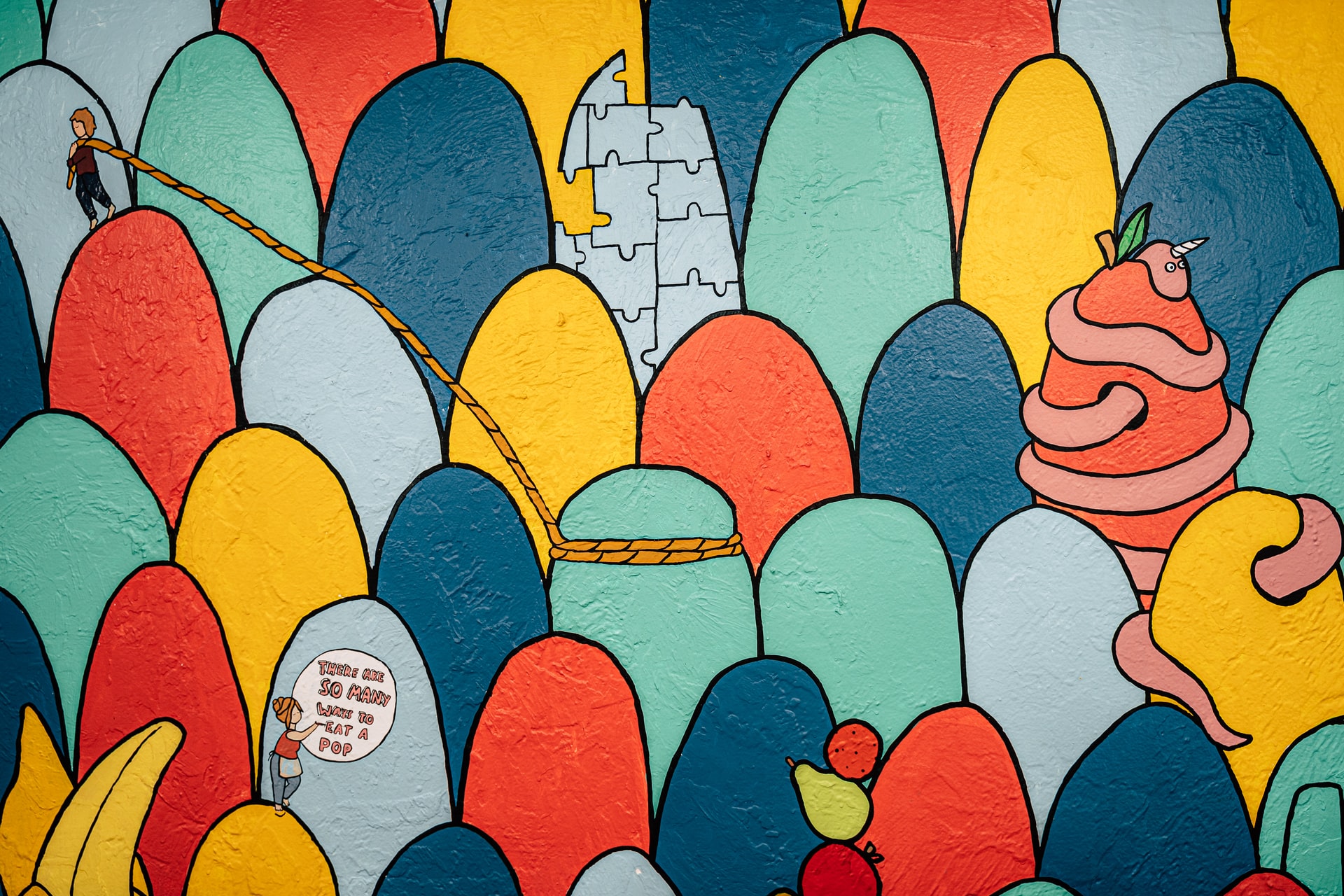This is a story of kids being kids. Of kids finding their way in the world by appreciating, to put it loosely, the differences among themselves. Thus, they refuse to stop at the limits set by names that none of them in the first place chose. Meet the Kevo, Brayo of Bukusuland in all their shades and colors.
Back in the days when I was attending two classes at the same time; thanks to infrastructure challenges that had two grades sharing a classroom – one facing the back and the other the front. When I was still had sisakati as a washroom. When the only classroom I knew had been built by my parents, and other parents through harambee effort.
As village life slowly cementing itself at the center of my heart; in such a way that the city nowadays literally makes me sick. Now that the ways of the village are ingrained in my fabric, the spirit of mulembe leads me every single day to paint the different colors of the fabric that makes me to my audience. Every now and then, this means that I seek to lend my readers a lens to my beautiful childhood.
Different kids, same names
We have already talked about the Bukusu naming traditions and the meaning of various names in Bukusu and Luhya names at large. To that, I’d add that growing up, most of us were known by our middle names. We only used our first names when we were in school as our teachers, alongside speaking English and Kiswahili, made us refer to each other by these alien names. Needless to say, we left those names there as soon as we walked outside the school gates.
Our little acts of resistance worthy or not, life had to be lived as it was. And because our naming traditions have it that there would be several Wekesas, Nekesas, Nanjalas or children bearing any other Bukusu name in a single village/ classroom, things often got confusing. For us in the village, the names Wekesa, Nanjala and the like are the equivalent of Kevo, Brayo and other such names common to children in the cities during my time. I don’t know how you city kids got around differentiating Brayo 1 from Brayo 2 and Brayo X. For us in the village, to get navigate the confusion, we came up with several work around.
If we were being respectful, we’d differentiate ourselves by referring to each other by way of our siblings, parents or where one came from. For example we could say Wekesa wandaye wa (brother to) Simiyu. Or Wekesa okhwa (son of ) Wasike. Or even Wekesa we Kewa (Wekesa from the swamp). Most of the time though, we were just kids. Meaning, the differentiation always wasn’t polite. Not surprisingly, this work around was something we picked from the grownups. Without much ado, meet the Kevo, Brayo of Bukusuland in all their shades and colors.
Cunning ones were named squirrels
I had a privilege of growing up in the same village with some boy named Wafula. Wafula was this guy with a chilled out personality but was equally very naughty, cunning and cheeky. The Bukusu call the squirrel Emuna. Since Wafula and the squirrel shared character, we simply baptized Wafula another name. From our baptism devoid of water or religiosity, we named him Wamuna.
Wamuna is a name that you can christen any Brayo of Bukusuland that you know of who’s like the Wafula I grew up with. But I warn you, only call him that if are prepared to run for your dear life. Our Wafula didn’t like it and would beat you up if you dared called him Wamuna. On that note, if Wamuna you are reading this, come beat me. I am in am in my house… hahaha!
Those with big ears were Kutuyu or Chinchilla if they were particularly of a sophisticated mien
Then there was this girl Machuma with beautiful big ears. Her ears were her center of attraction. Machuma was also the first lady I ever knew or met. She carried about her everything-in-its-place self with dainty movements. We used to call her Machuma Chinchilla; an ode to the rabbit breed chinchilla with its long drooping ears. Ese fwaaa! Hahahaha
Then there was this other boy, not related to her, who equally had attention grabbing ears. Only those among us with the guts would call him KBC. Kenya Broadcasting Cooperation in reference to the satellite dishes belonging to the national broadcaster that were atop a hill near our village. Other people simply called him kutuyu (Rabbit). Tihihihi.
Those with red blood shot eyes were not left out
If it was Wasike who had blood shot eyes either from habitual injaka use, some allergic disease or which ever reason, he’d be called: Wasike waranya moni.
The ones with big heads
I remember a Waswa who was blessed with a massive head. We christened him Waswa we kumurwe.
Big noses were not spared either
I also went to church with a Wafula whose nose reminded the cheeky lot of us of an enraged charging bull. We called him Wafula wa kamolu.
Big eyes like frogs
Wekesa we chimoni oli ekhele or Wekesa we moni.
We also described your sense of style
We also used ones sense of style to differentiate them from peers. We had a Wanjala who loved shoes with big soles, we simply called him Wanjala we kuraro.
A chubby Brayo of Bukusuland would be known as
Brayo yabayaba, or Brayo yomboyombo. Yabayaba is the sound overweight people produce when walking.
A Brayo of Bukusuland with peeping teeth
Do you these guys with guys slightly peeping out oof their mouths? And those with big teeth? Well those we simply called them Brayo we kameno or Brayo Namino. Hehehe

